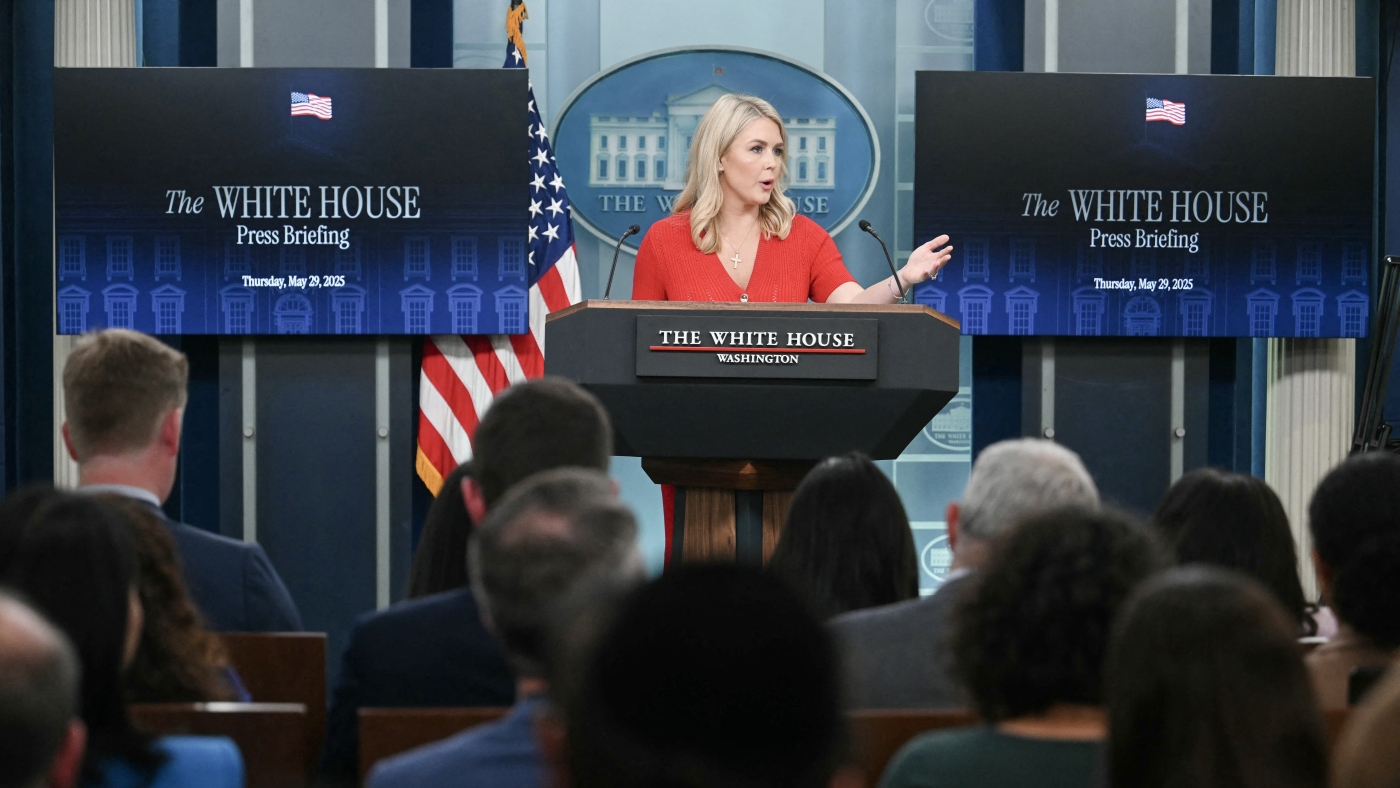The Fight for Deaf Accessibility in Government Communication
In an age where information flows rapidly and government communication shapes public understanding, ensuring that every citizen has equal access remains a fundamental challenge. The legal battle between the National Association of the Deaf (NAD) and the Trump White House over the provision of American Sign Language (ASL) interpreters during press briefings highlights this critical issue. This confrontation not only centered on the rights of deaf and hard of hearing Americans but also exposed deeper questions about the inclusivity and accountability of governmental communication practices.
Background: A Sudden Shift Triggering Legal Action
Historically, White House press briefings included qualified ASL interpreters, a practice acknowledging the right of deaf individuals to access important government information. However, in January 2025, the Trump administration abruptly discontinued this service, removing interpreters from these public events. This action deprived a segment of the population of effective means to comprehend crucial updates, especially during pressing crises such as the COVID-19 pandemic.
Prompted by this exclusion, the NAD filed a lawsuit on May 28, 2025, asserting that the administration’s actions constituted a violation of federal laws protecting individuals with disabilities. This lawsuit was not merely about interpreters—it was a fight over fundamental accessibility and equal participation in democratic discourse.
Legal Foundations: Rights, Statutes, and Constitutional Protections
At the core of the legal challenge lies Section 504 of the Rehabilitation Act of 1973. This legislation mandates federally funded entities to provide “effective communication” to persons with disabilities. The NAD argued that closed captioning alone falls short, as many deaf individuals rely primarily on ASL for understanding, reinforcing that mere subtitles cannot replace the nuanced and expressive nature of sign language.
Beyond statutory claims, constitutional dimensions arose. The First Amendment guarantees equal access to government information as part of public participation, while the Fifth Amendment ensures procedural fairness. The NAD contended that denying ASL interpretation effectively silenced deaf citizens during key moments of public concern—actions incompatible with these constitutional protections.
Impact on the Deaf Community: More than a Communication Gap
The absence of ASL interpreters went beyond an inconvenience; it was a barrier to life-saving knowledge. Press briefings during the height of the pandemic disseminated critical guidance on health measures, vaccination, and public safety. Without interpreters, deaf Americans faced delayed or incomplete information, jeopardizing their ability to respond effectively.
Influential advocates such as actor Nyle DiMarco voiced frustrations that this exclusion symbolized a broader disrespect and neglect toward the deaf community’s needs. The situation underscored systemic shortcomings in governmental transparency and highlighted the persistent struggle for inclusivity in official communications, challenging the principle that all citizens deserve equitable treatment and consideration.
Judicial Responses and Policy Changes: From Courtrooms to Press Rooms
The judicial system played a pivotal role in restoring deaf accessibility. In September 2020, a federal district court ruled that the White House must provide qualified ASL interpreters at COVID-19 briefings. This landmark decision set a legal precedent affirming the obligation to offer effective communication.
The following settlement in December 2021 compelled the White House to implement consistent interpreter presence at all public engagements, reinforcing the deaf community’s rights. Under the Biden administration, these commitments were institutionalized, with press secretaries regularly incorporating ASL interpreters in daily briefings, signaling a turn toward more inclusive communication strategies.
Broader Significance: Disability Rights and Government Accountability
This legal dispute extends beyond the immediate concern of interpreter services. It illuminates the ongoing challenges disabled Americans face when interfacing with public institutions. The case reinforces that accessibility is a right, not an optional accommodation, essential for meaningful democratic inclusion.
Moreover, the lawsuit serves as a catalyst for broader reform in government communication, prompting a reassessment of how institutions uphold disability rights and meet legal obligations. Its outcome encourages vigilance to ensure that inclusivity is maintained not only in the White House but across all public sectors.
A Milestone for Deaf Rights Advocacy
The NAD’s confrontation with the Trump administration represents a significant victory in the ongoing quest for civil rights for the deaf community. It exposed critical gaps in accessibility and compelled legal systems to reaffirm the standards designed to protect against discrimination. Most importantly, it secured a tangible improvement in the daily lives of deaf and hard of hearing Americans by ensuring their rightful access to government information.
This chapter vividly illustrates the importance of inclusive communication as a cornerstone of democracy. It also reflects the power of determined advocacy and legal recourse in holding public authorities accountable. The presence of ASL interpreters at White House briefings today exemplifies progress, while serving as a potent reminder of the continuous effort needed to uphold and advance accessibility and justice for all.

